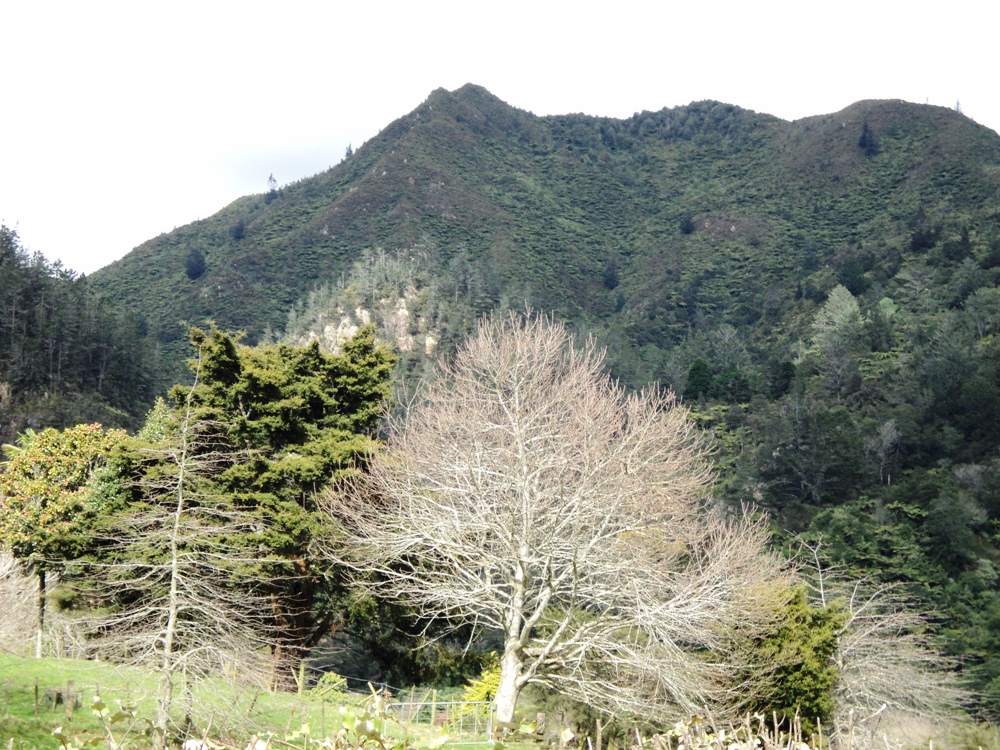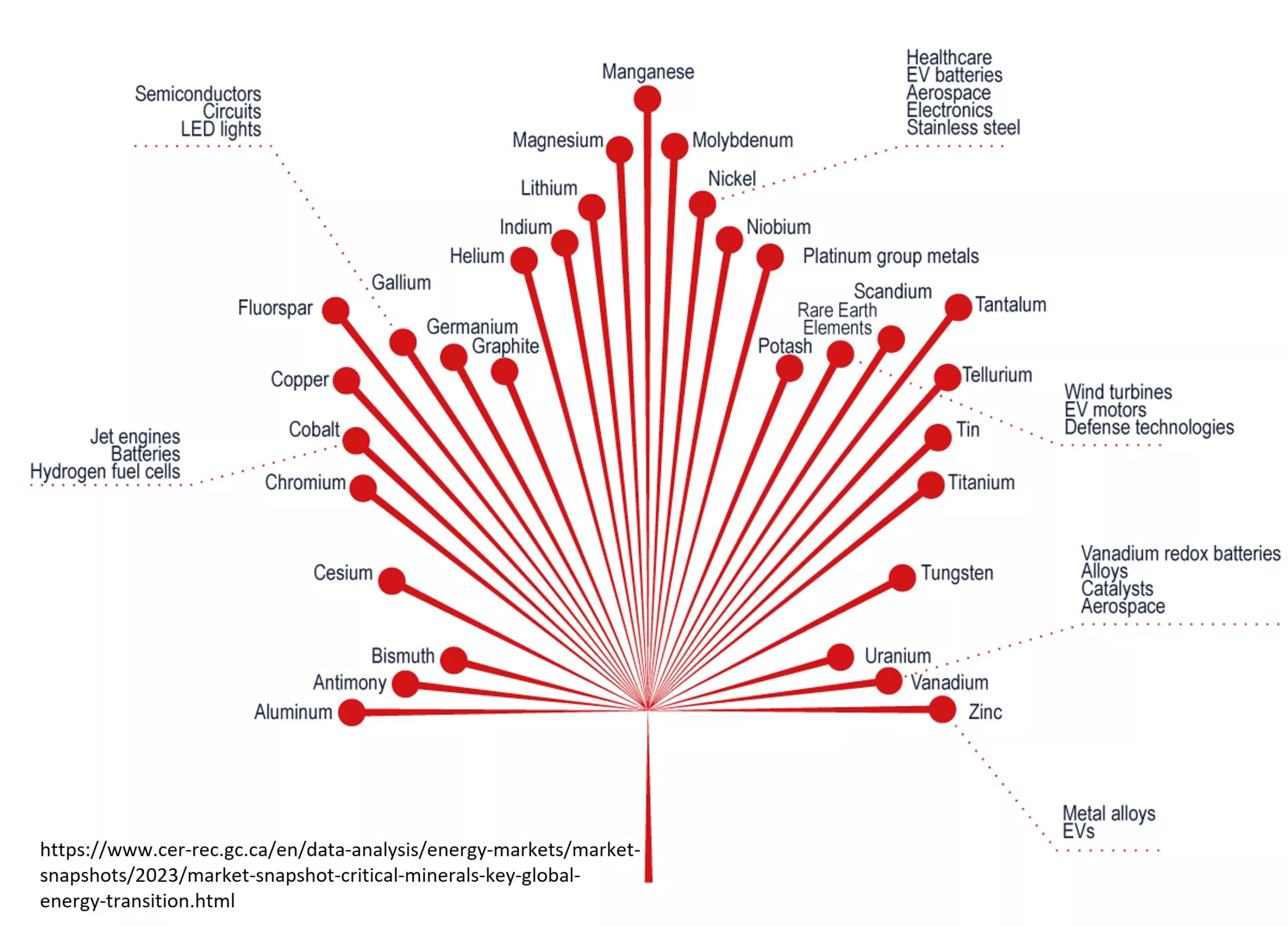Gold was one of New Zealand’s first industries. What is less known, and somewhat at odds with the country’s “clean green” image, is that there are still are a number of commercial gold mines in the country. There is continual debate and some tension between a pro-development government and well-organised and vocal conservation lobby which also includes many Maori (indigenous) interests.
Today there are two main gold producing areas in New Zealand: Macraes in the South Island and Martha in the Waihi area in the North Island (Figure 1).
Mining is a significant contributor to New Zealand’s GDP, amounting to NZ$3.1 billion in 2020. The country produced 264 Koz of gold in 2019, down from a high of 408 Koz in 2015. In comparison, neighbouring Australia produced about 11,500 Koz gold in 2019.

Waihi Gold Mines
The Waihi gold deposits are low sulphide epithermal gold-silver veins with associated volcanic breccias. The gold veins are hosted within a fine-grained volcanic rock, andesite, aged between 3 and 12 million years old (Ma), which formed during the Pliocene and Miocene.
Under Martha Hill at Waihi, there are numerous closely spaced gold-bearing quartz veins. These were mined via underground shafts from the 1880s to 1952. These historic workings have been incorporated into a modern open pit (Figure 2). The Martha open pit mine operated from 1988 to 2015 when it was closed due to unsafe conditions. The north wall of the mine collapsed the following year. In total, some, 8 million ounces of gold has been extracted from the Martha mines, including historic production.
Australia-based OceanaGold currently operates the Martha underground mine, together with the Favona, Trio and Correnso underground mines. OceanaGold purchased the Martha area from Newmont in 2015. The open pit mine was closed in 2015, due to unsafe conditions which resulted in the collapse of the north wall in 2016. Development of the Martha underground mine began in 2019. In 2020, the company produced 19,775 oz gold from Martha Underground and for 2021, OceanaGold expects to produce between 35-45 koz of gold. In total, some, 8 million ounces of gold has been extracted from the Martha mines, including historic production.
The development of an open pit mine under the town of Waihi has been a major public relations exercise for former owner Newmont over the life of the mine and beyond. The town of Waihi and the wider Coromandel area is well-known for its natural beauty, and is predominantly Department of Conservation reserve. There are ongoing discussions between those who dislike the reality of noise and blasting in in a mining town, and those who appreciate the economic benefits and jobs the company creates in the community.

At Mount Karangahake, just to the west of Waihi, is the historic underground Talisman Mine. The deposit’s geology is similar to the Martha mine, with high-grade gold and silver veins. The existing mine comprises 16 levels of drives (Figure 3) and three veins: Maria, Crown/Welcome and Mystery. Historically, 1 million ounces of gold was extracted from the immediate area.
New Talisman Gold Mines Limited, a New Zealand company, has completed a JORC compliant resource study and a pre-feasibility study on the Talisman project. As most of the mine is under Department of Conservation land, the company will be operating under strict environmental regulations. The company has an inferred resource of 205,000 ounces of gold at a grade of 6.9 g/t Au. However, no mining activity has taken place in recent years.

Macraes Mine
OceanaGold operates the Frasers open pit and underground mines at Macraes, 100 km north of the city of Dunedin. Macraes is New Zealand’s largest gold producing area, having produced more than five million ounces of gold since 1990. The mine is located on a plateau at an elevation of greater than 500m above sea level. In winter snowfalls are common, and can block the main access road. The mine produced 144,487 oz gold in 2020, with expected production of 155,000-165,000 oz gold in 2021. Proven and probable reserves are 1.31 Moz gold, with an estimated life of mine of 8 years.
The Macraes gold deposits are mesothermal and formed at deeper depths, higher temperature and higher pressure than the epithermal deposits of Waihi. The deposits at Macraes are located in a north-west striking belt of metamorphic rocks of the Haast Schist. The gold deposits occur within the 30km-long Hyde-Macraes Shear Zone, developed within the schist 145-200 million years ago, during the Jurassic period.
Exploring for gold in the exposed Otago region of New Zealand can be difficult at times due to the ever changing weather. Thick snow cover can make it almost impossible to carry out field exploration activities, except for drilling (Figure 4). While at other times, howling north-westerly gales, blowing for days on end, make for tough work conditions.

Reefton Mine
OceanaGold’s Reefton Mine was commissioned in 2007 and produced 610,000 oz before it closed in 2016. Mining was concentrated along a major regional shear and its offshoots within weakly metamorphosed Ordovician age rocks (443-490 Ma) of the Buller Terrane.
Companies Referenced:
Further Reading:
- Epithermal Gold Deposits
- Te Ara- Encyclopedia of New Zealand – Gold and Gold Mining
- Gold Mining on Department of Conservation Land
Subscribe for Email Updates









